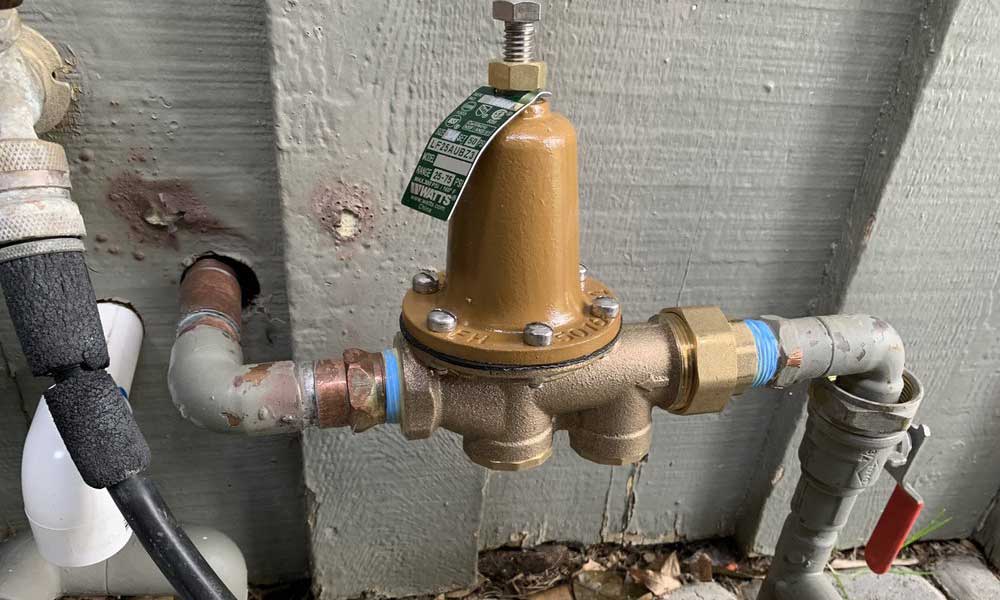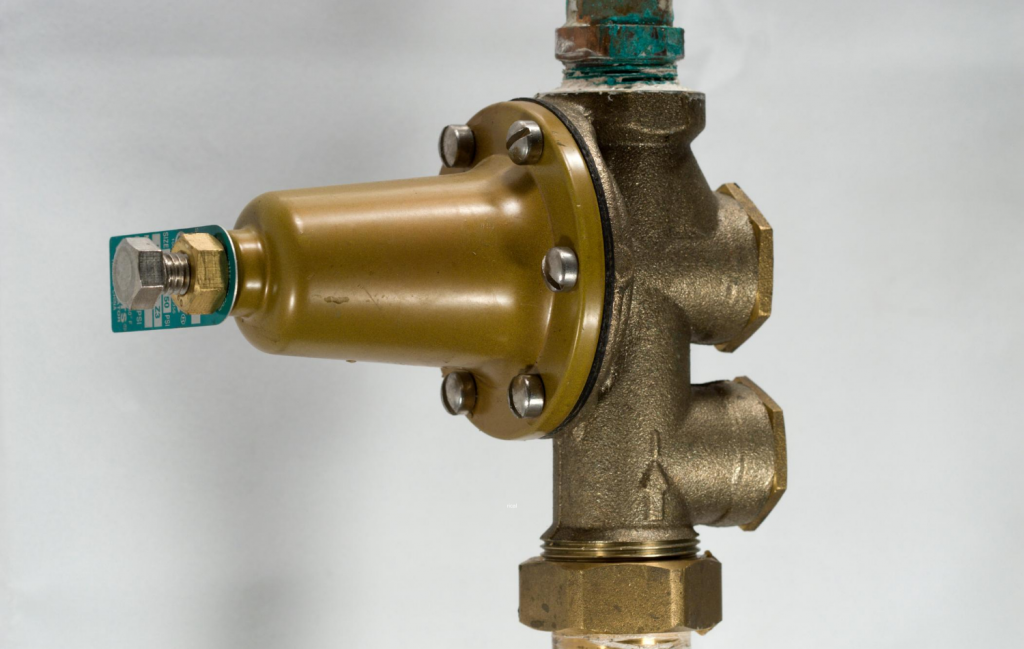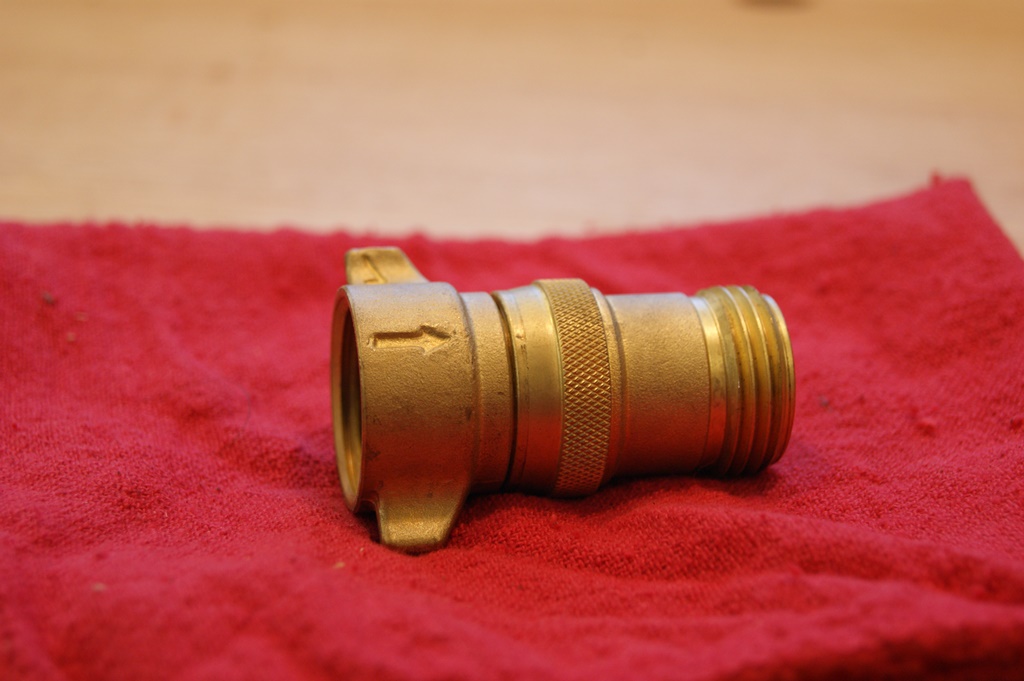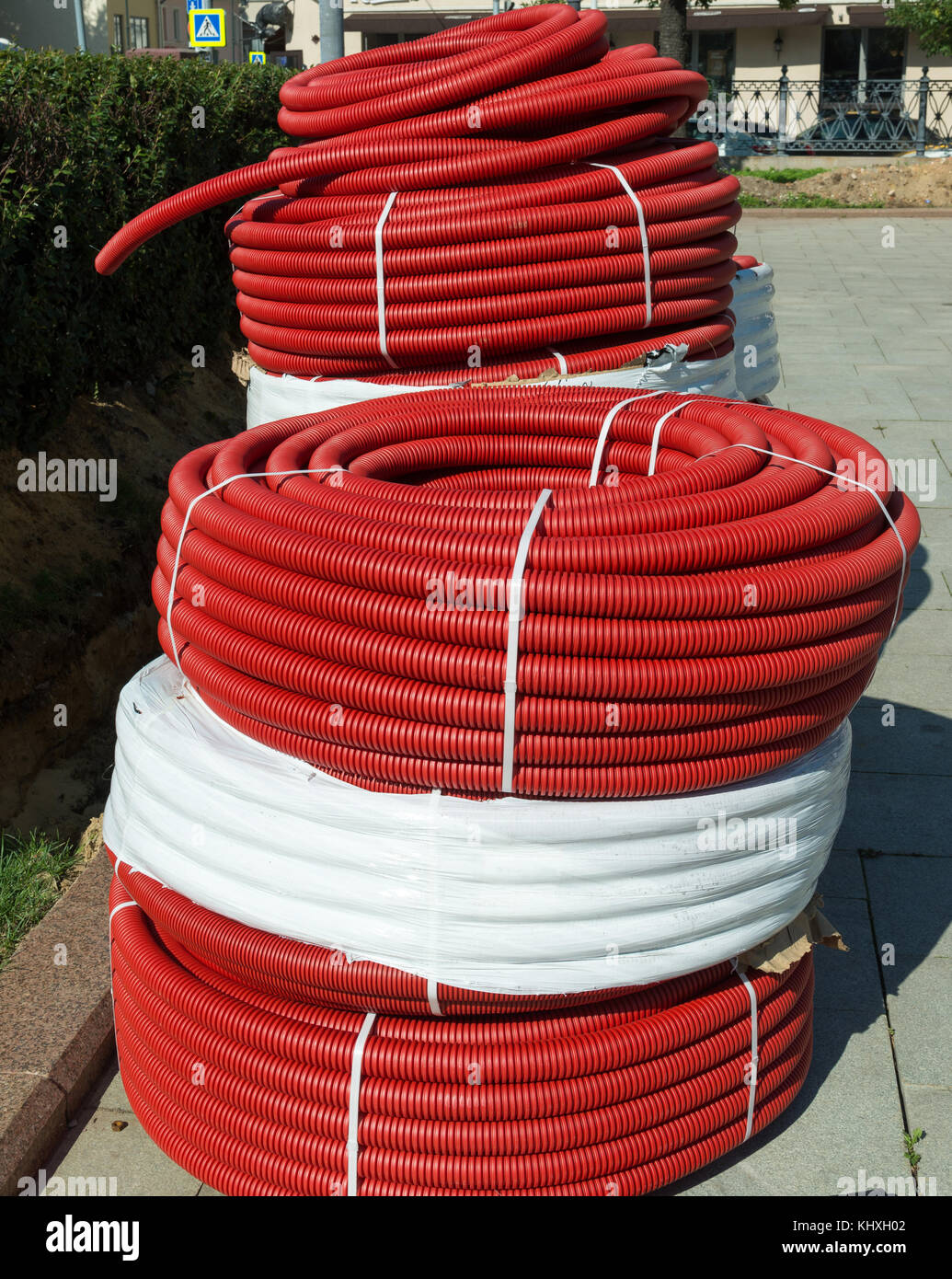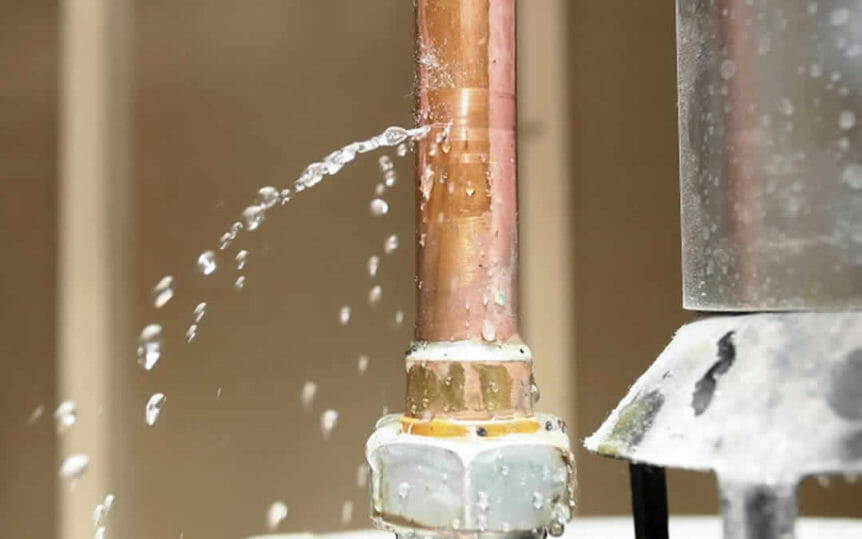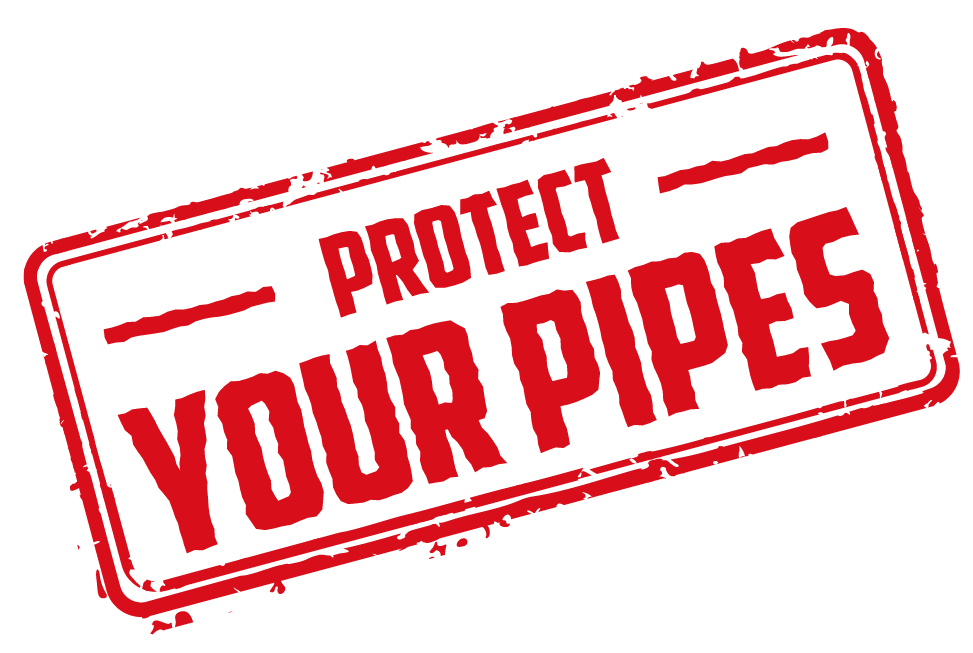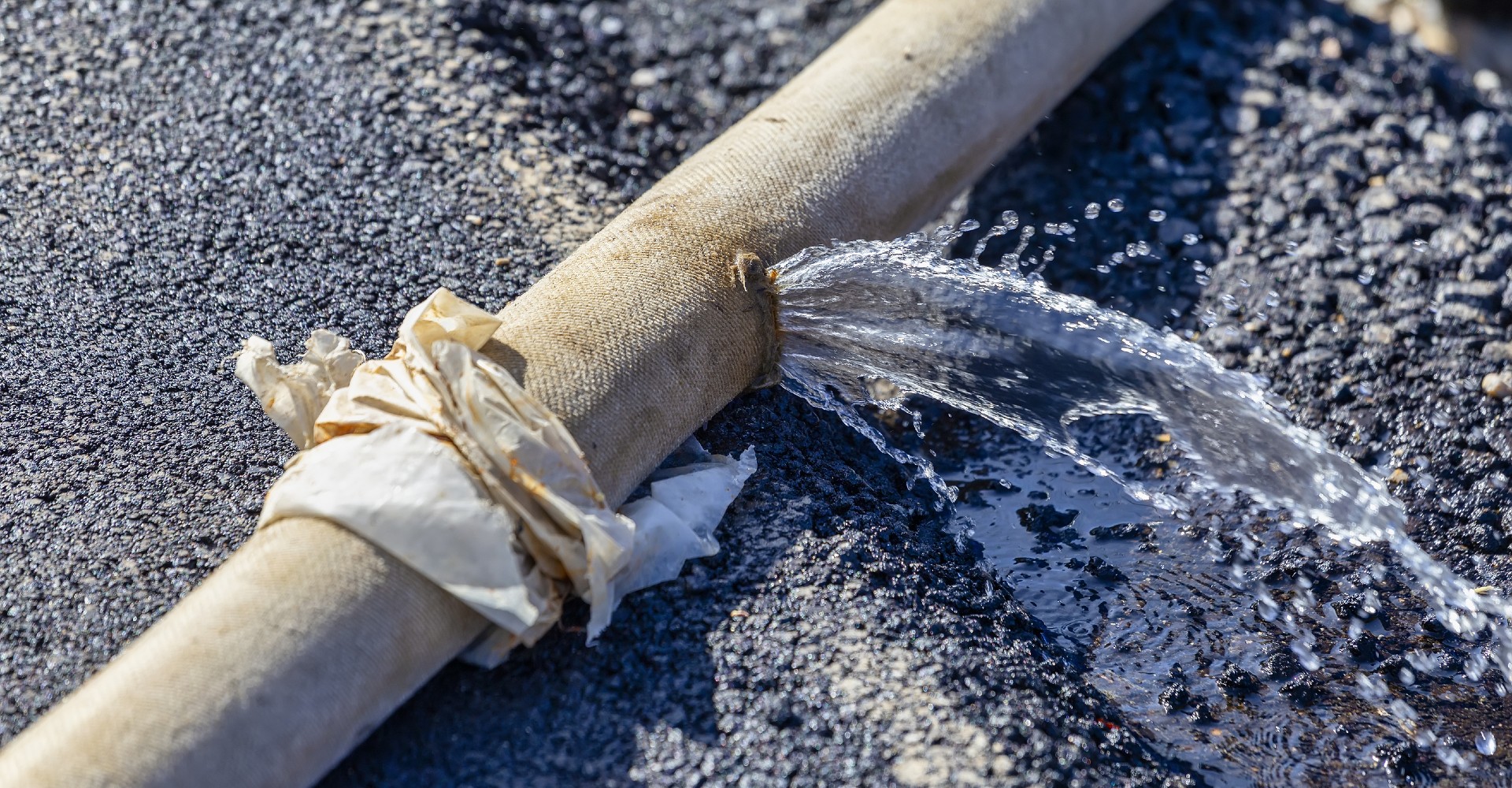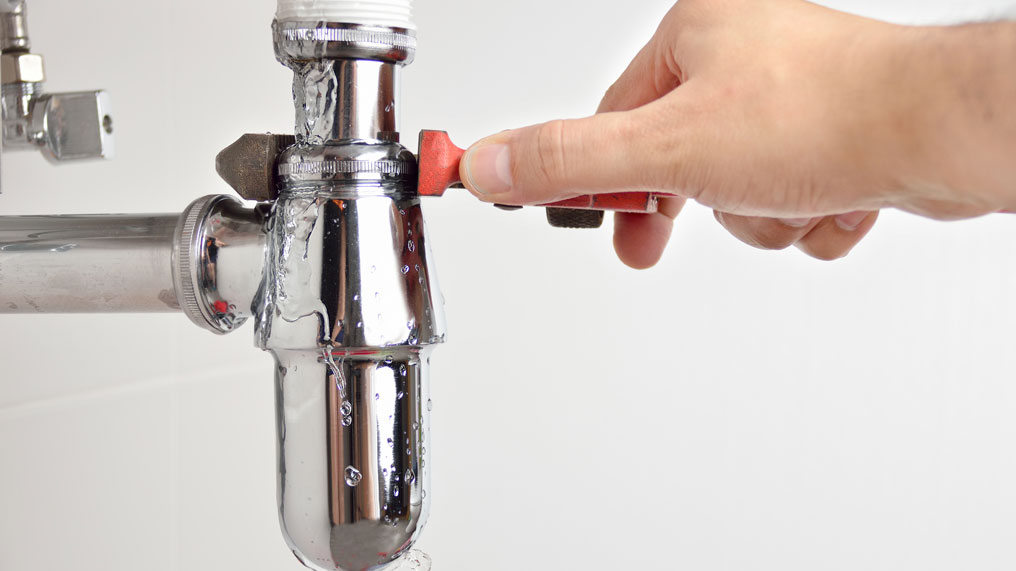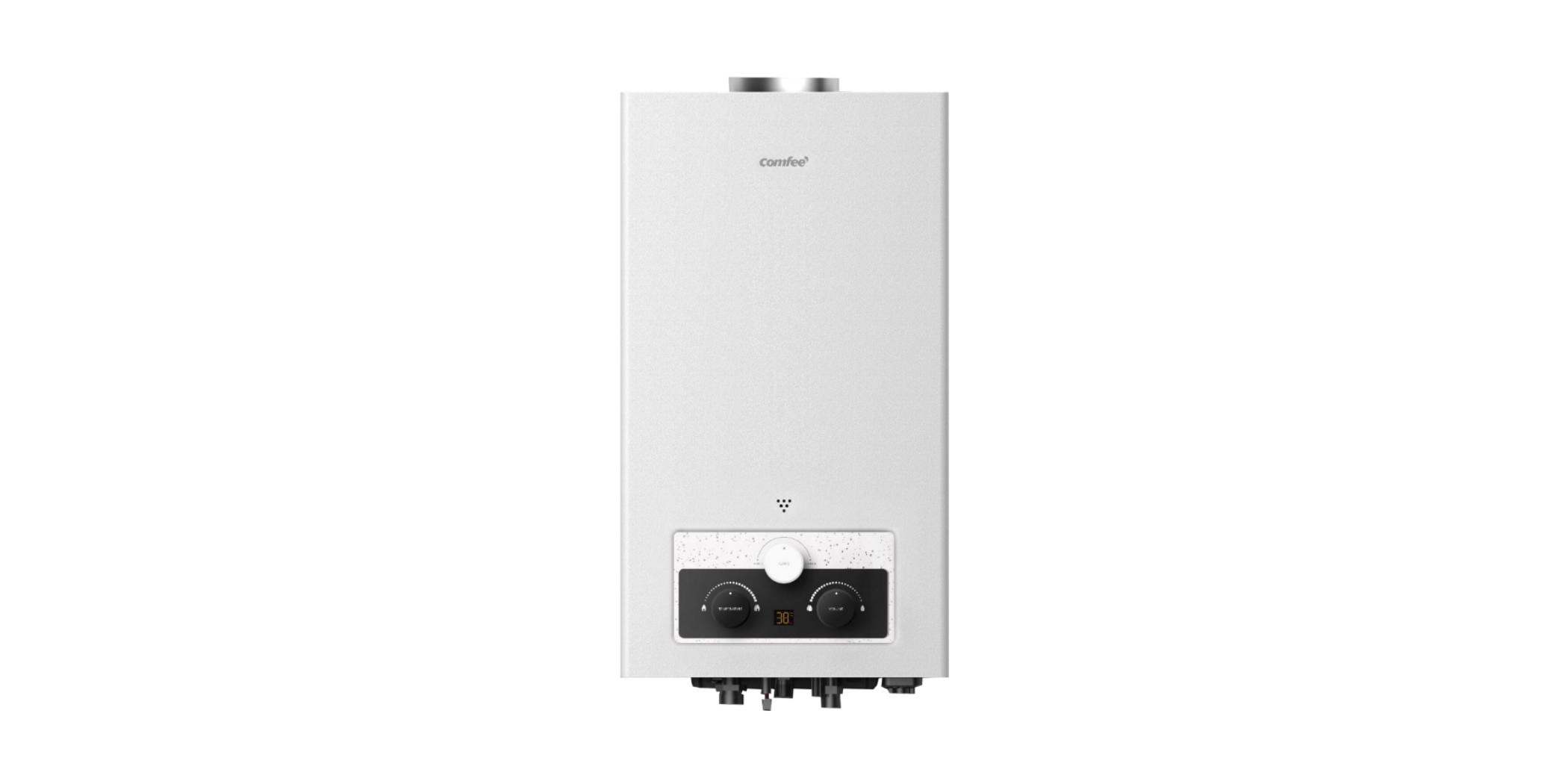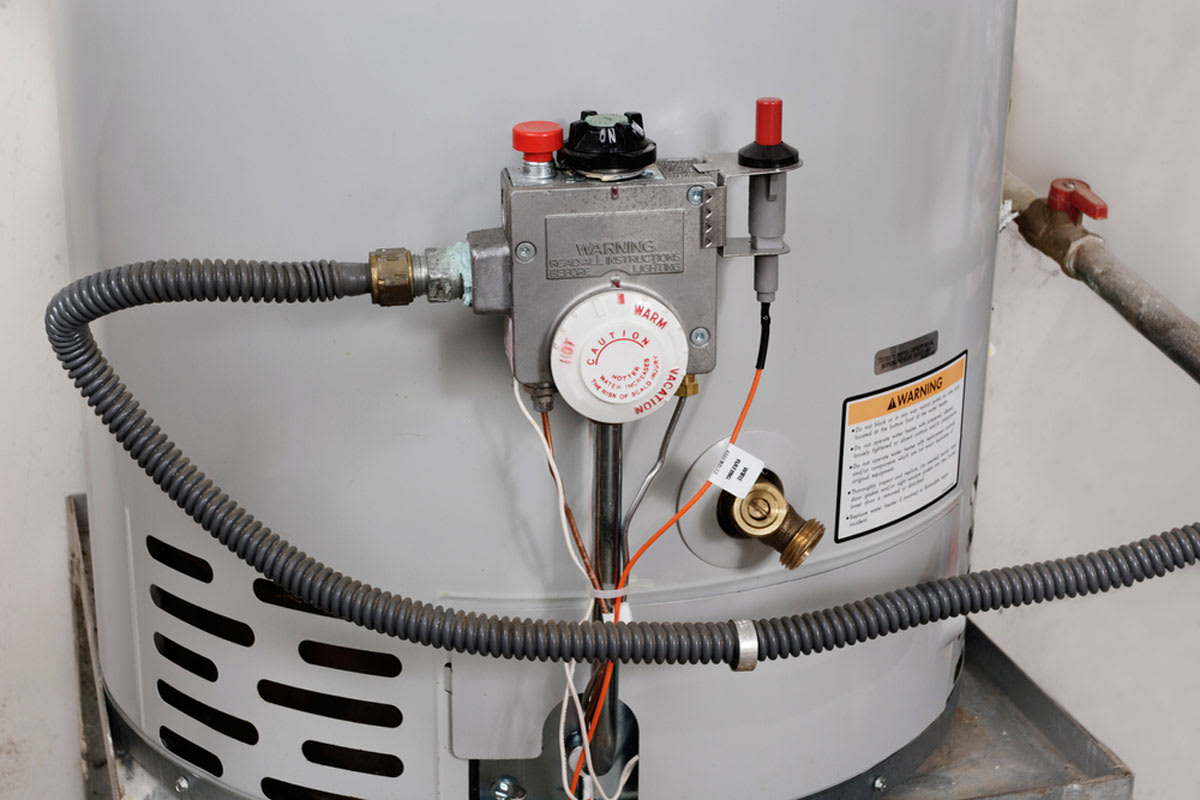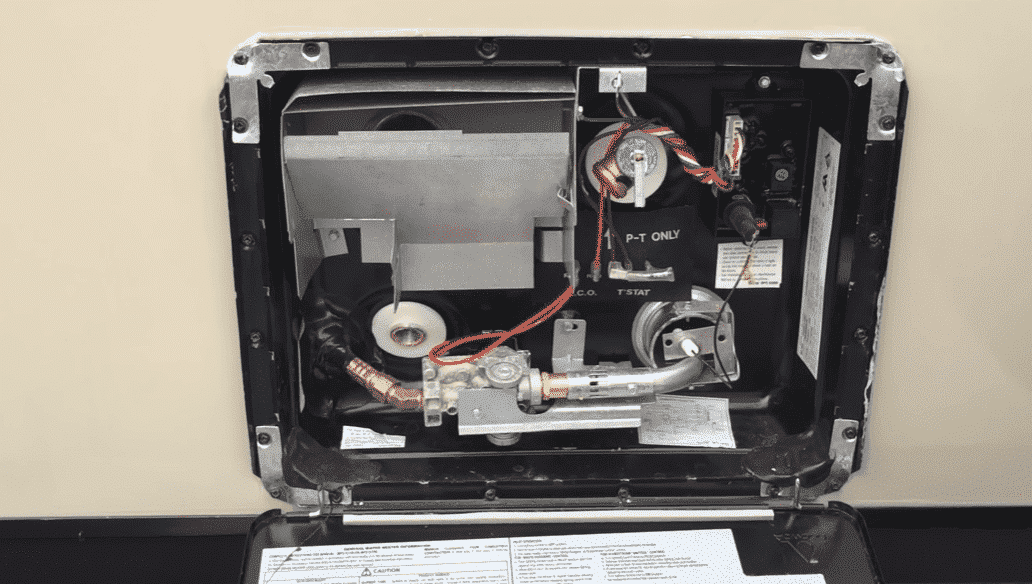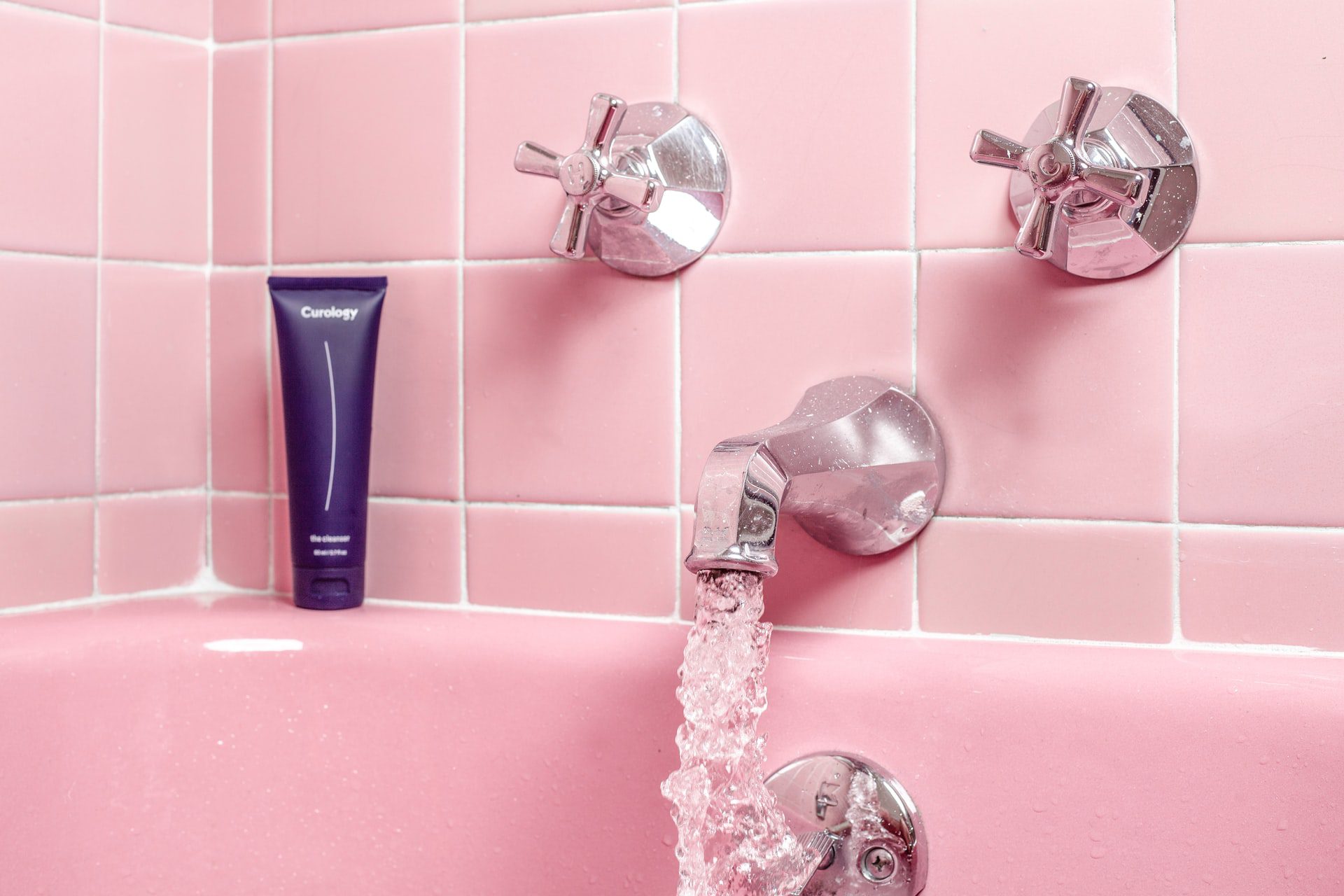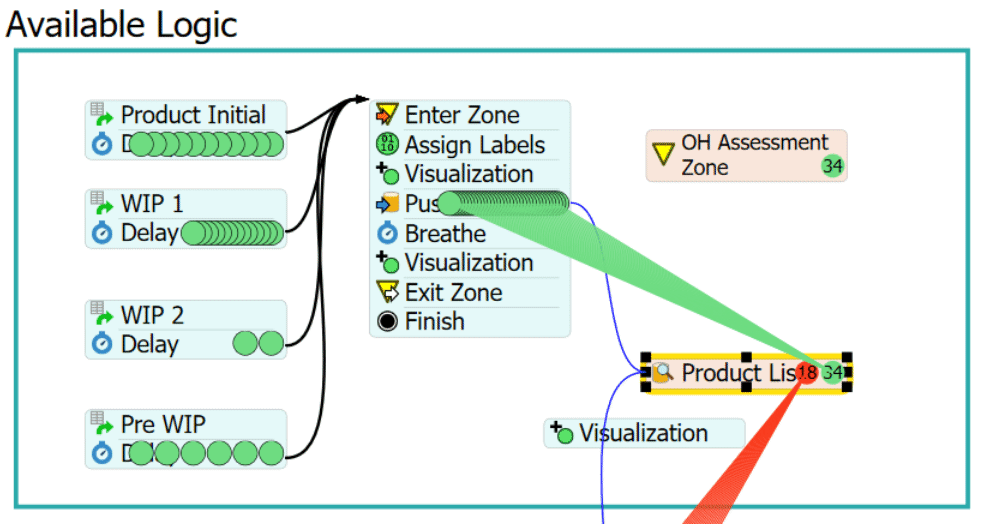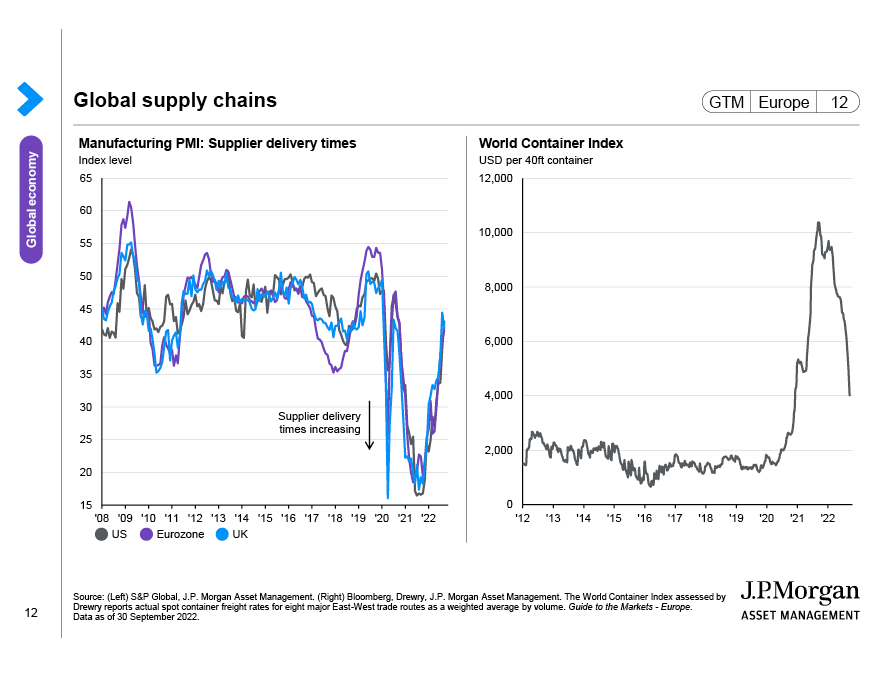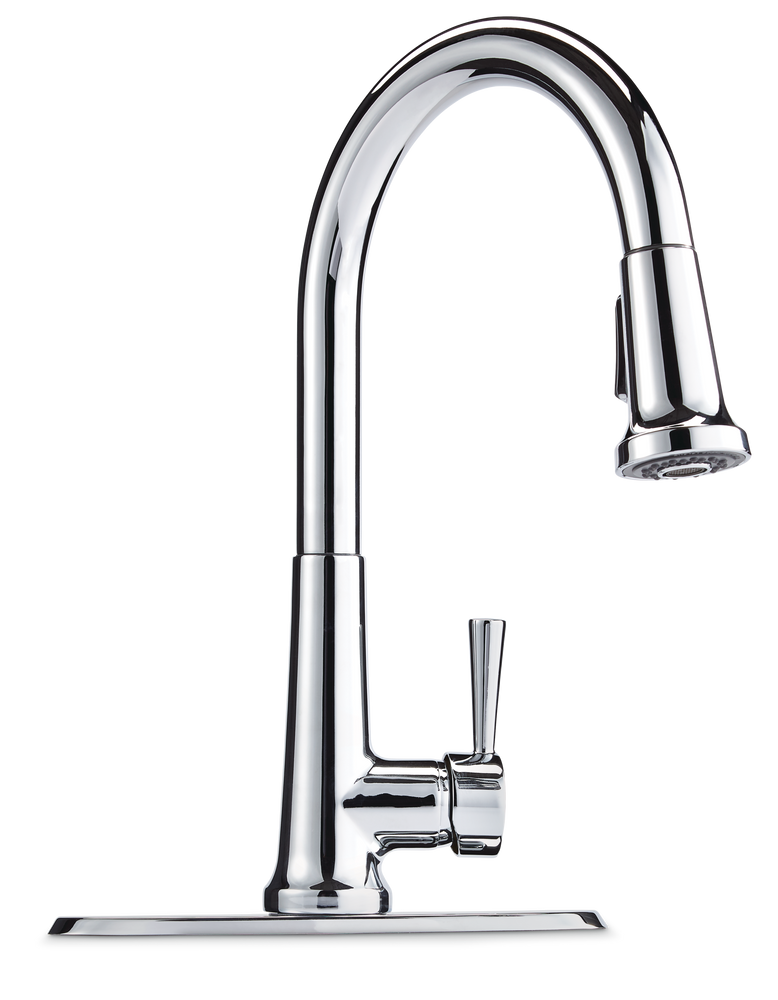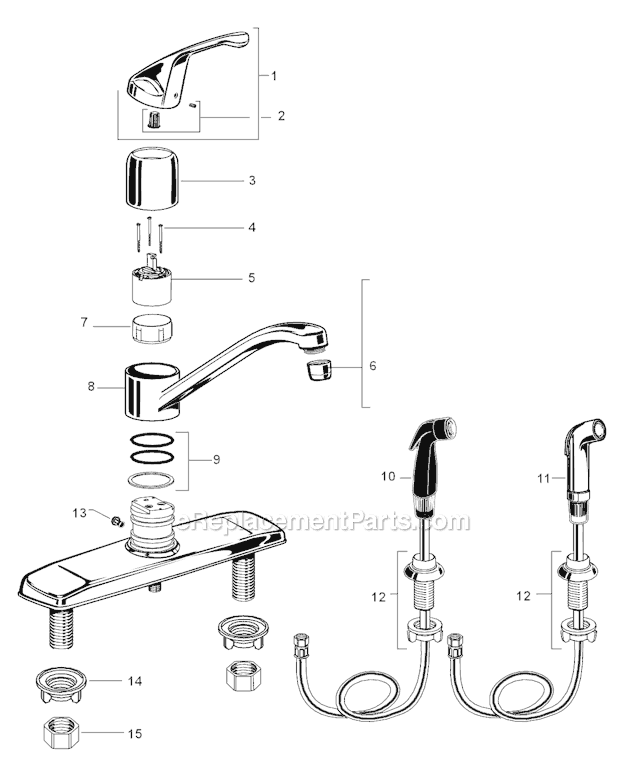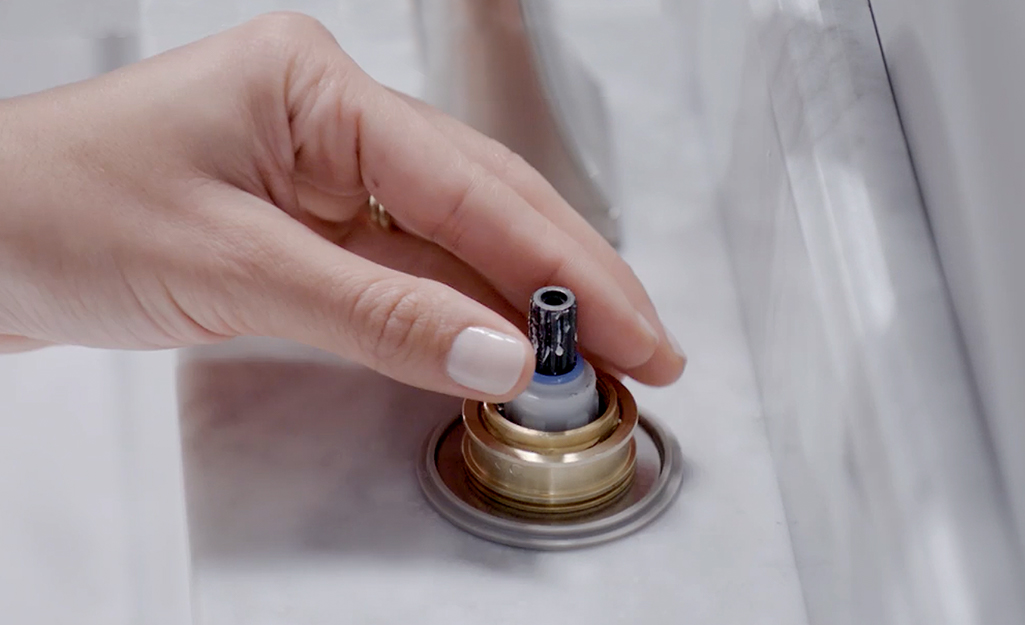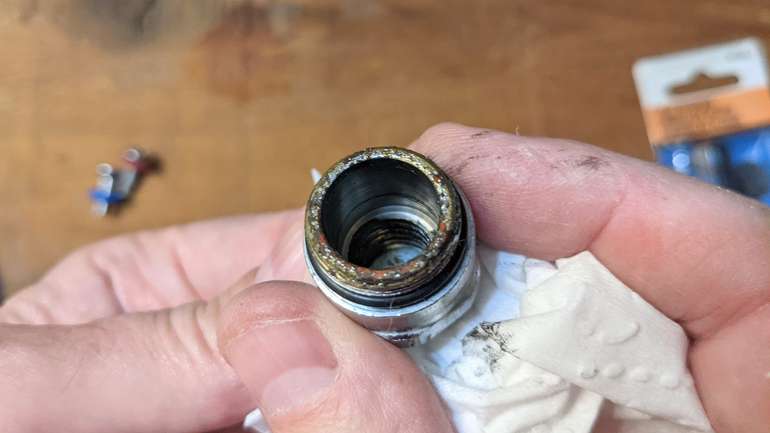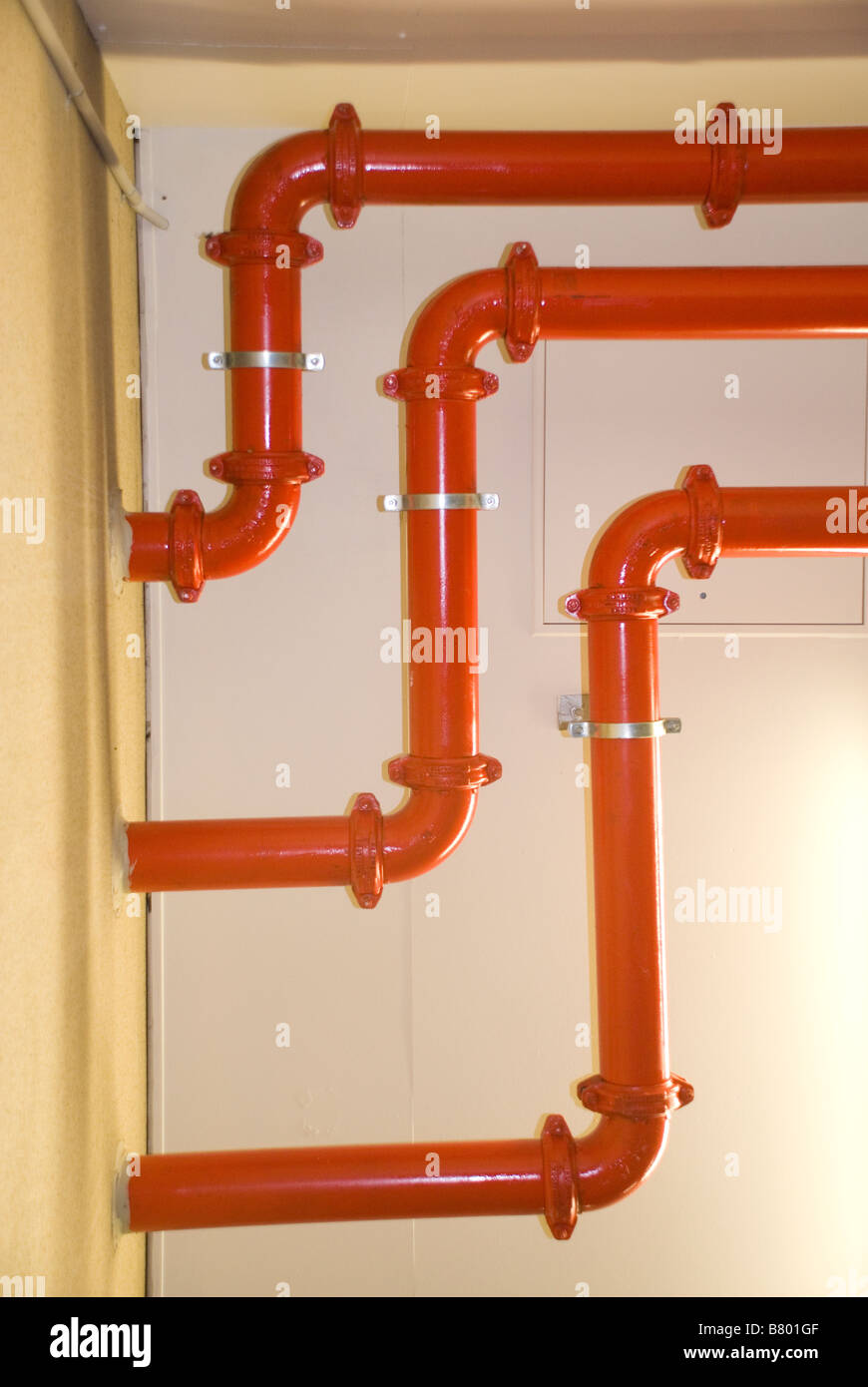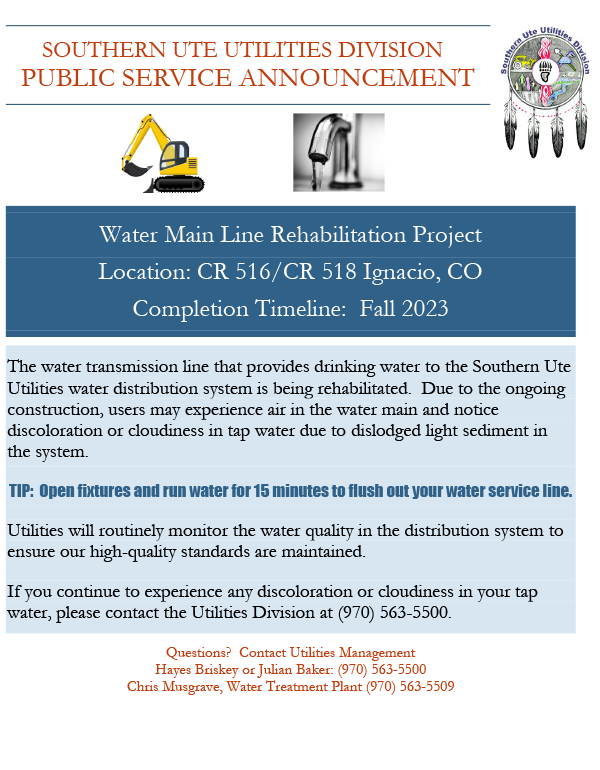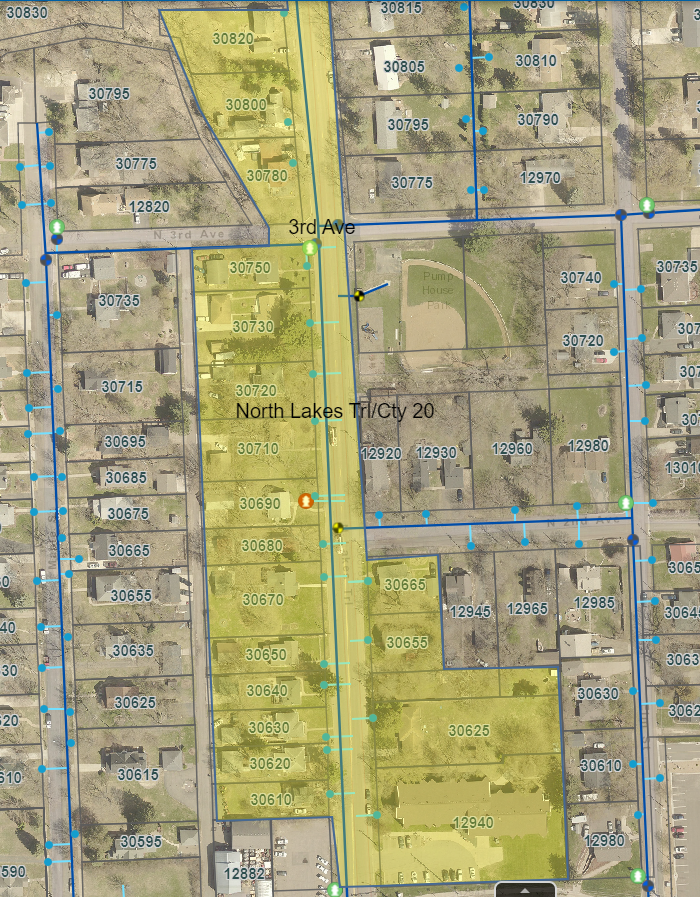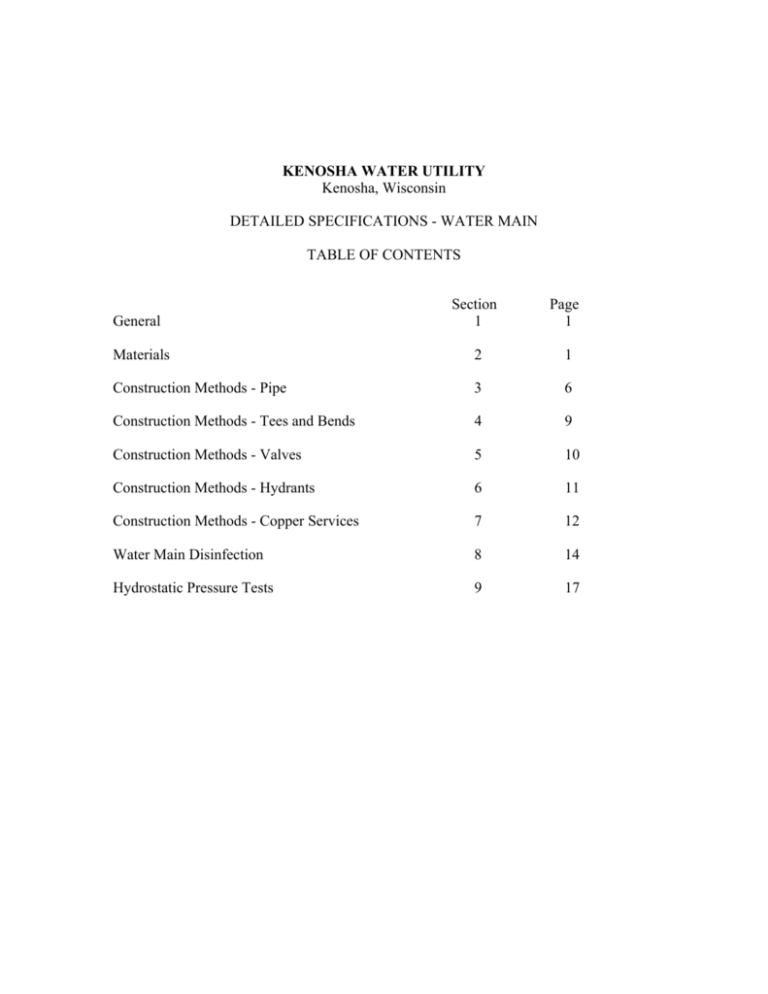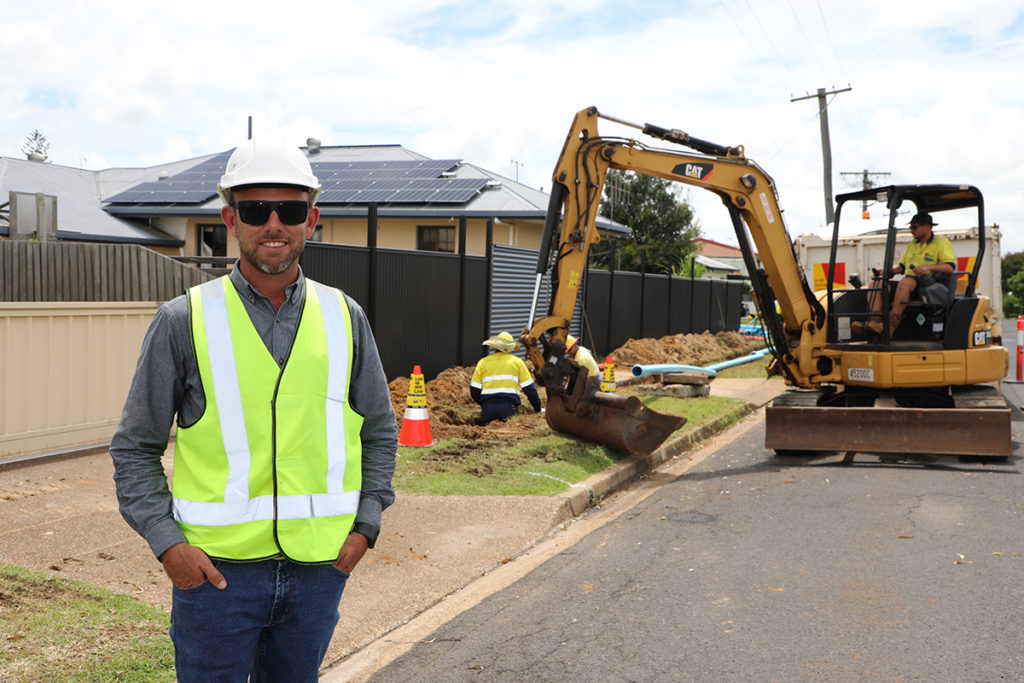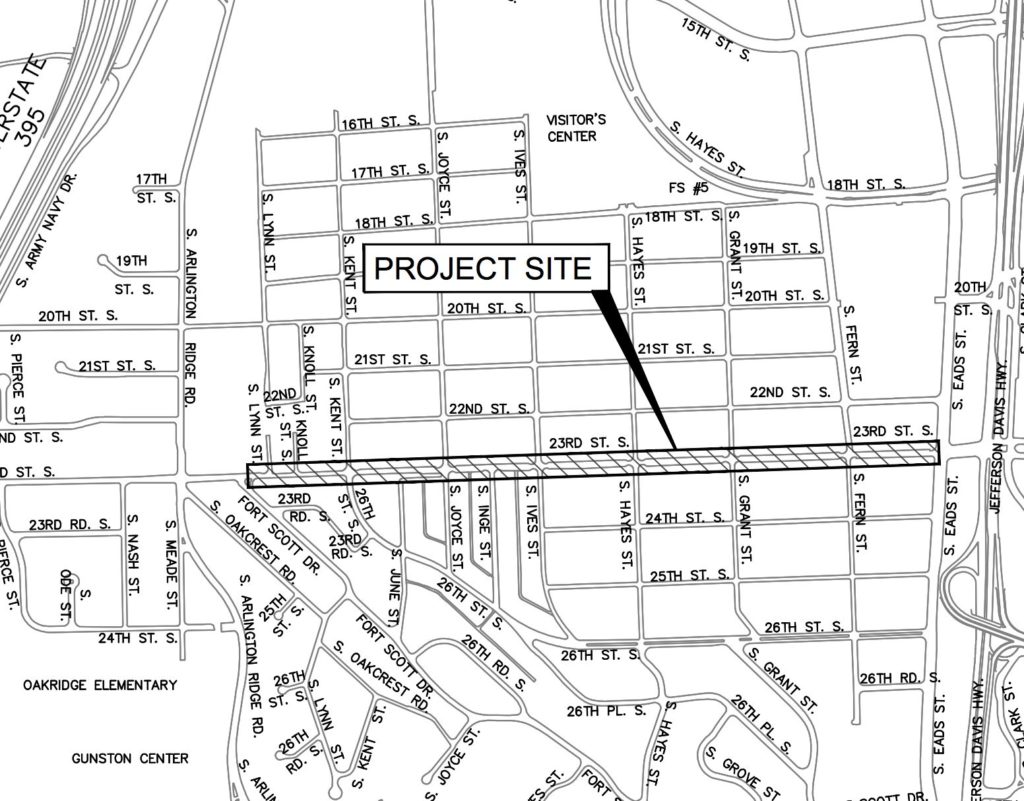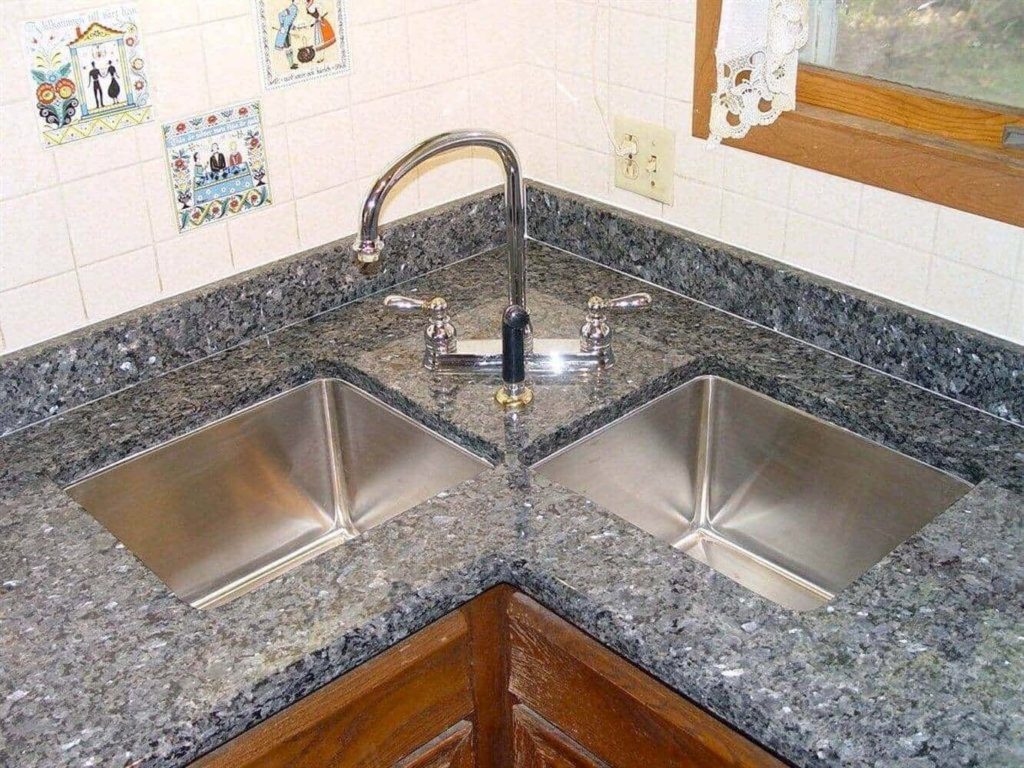One of the most common reasons for a loss of cold water pressure in the kitchen sink is a clogged aerator. The aerator is the small mesh screen at the end of the faucet that helps regulate the flow of water. Over time, mineral deposits and debris can build up and block the flow of water, causing a decrease in pressure. To check the aerator, simply unscrew it from the end of the faucet and clean it thoroughly with a brush or soak it in a solution of water and vinegar. Once it is clean, reattach it and turn on the water to see if the pressure has improved.1. Check the aerator
If the aerator is not the issue, the next step is to check the shut-off valve. This valve is typically located under the sink and controls the flow of water to the faucet. Make sure the valve is fully open and not partially closed, as this can restrict the flow of water. If the valve is fully open and the pressure is still low, it may be faulty and need to be replaced.2. Check the shut-off valve
Clogs in the pipes can also be a culprit for a loss of cold water pressure in the kitchen sink. Build-up of debris, grease, and other substances can accumulate in the pipes and restrict the flow of water. To check for clogs, turn off the water supply and disconnect the pipes under the sink. Use a plumbing snake or a wire hanger to clear out any debris and then reattach the pipes. Turn the water back on and test the pressure to see if it has improved.3. Check for clogs in the pipes
The water pressure regulator is responsible for regulating the water pressure in your pipes. If this part is faulty or malfunctioning, it can cause a significant decrease in water pressure. To check the water pressure regulator, you will need a pressure gauge. Attach the gauge to the outdoor hose bib and turn the water on. The ideal pressure range is between 40-80 psi. If the pressure is too low, the regulator may need to be adjusted or replaced.4. Check the water pressure regulator
Leaky pipes can also contribute to a loss of cold water pressure in the kitchen sink. Even a small leak can lead to a significant decrease in pressure. Check all visible pipes under the sink and in the surrounding area for any signs of leaks. If you notice any, they will need to be repaired or replaced to restore proper water pressure.5. Check for leaks in the pipes
If you have a hot water tank, the issue may lie with the water heater. If the water heater is not functioning properly, it can affect the pressure of both hot and cold water in your home. Check the temperature settings and make sure the tank is not too small for your household's needs. If the water heater is old or malfunctioning, it may need to be replaced.6. Check the water heater
The supply line is the pipe that brings water from the main water line into your home. If there is a problem with the supply line, it can affect the pressure of all the water in your home, including the kitchen sink. Check for any kinks, leaks, or damage in the supply line. If you notice any issues, it will need to be repaired or replaced.7. Check the supply line
The faucet cartridge is another common culprit for a loss of cold water pressure in the kitchen sink. Over time, the cartridge can become worn out or clogged with debris, causing a decrease in pressure. To check the cartridge, you will need to disassemble the faucet and inspect the cartridge for any signs of damage or debris. If necessary, replace the cartridge to restore proper water pressure.8. Check the faucet cartridge
Air trapped in the pipes can also cause a decrease in water pressure. This can happen if the water supply is shut off and then turned back on, causing air to become trapped in the pipes. To fix this issue, turn on the faucet and let the water run for a few minutes to flush out any air bubbles.9. Check for air in the pipes
If all else fails, the issue may be with the water main. This is the main pipe that brings water into your home from the municipal water supply. If there is a problem with the water main, it can affect the water pressure in your entire home. Contact your local water company to see if there are any known issues with the water main in your area. In conclusion, a loss of cold water pressure in the kitchen sink can be caused by a variety of factors. By following these steps and checking each potential issue, you should be able to identify and resolve the problem. If the issue persists, it is best to contact a professional plumber for further assistance. Don't let a loss of cold water pressure disrupt your daily routine, address the issue promptly to restore proper water pressure in your kitchen sink.10. Check the water main
Possible Causes of Loss of Cold Water Pressure in Kitchen Sink

1. Clogged Pipes
 One of the most common causes of loss of cold water pressure in a kitchen sink is clogged pipes. Over time, debris, minerals, and other substances can build up in the pipes, restricting the flow of water. This can result in a decrease in water pressure and can also lead to further plumbing issues if left untreated. If you notice a sudden decrease in cold water pressure, it may be worth checking your pipes for any clogs.
One of the most common causes of loss of cold water pressure in a kitchen sink is clogged pipes. Over time, debris, minerals, and other substances can build up in the pipes, restricting the flow of water. This can result in a decrease in water pressure and can also lead to further plumbing issues if left untreated. If you notice a sudden decrease in cold water pressure, it may be worth checking your pipes for any clogs.
2. Faulty Faucet
 Another possible cause of loss of cold water pressure in a kitchen sink is a faulty faucet. Over time, the internal components of a faucet can wear out or become damaged, resulting in a decrease in water pressure. This is especially common in older faucets. If your faucet is the culprit, it may need to be repaired or replaced in order to restore proper water pressure.
Another possible cause of loss of cold water pressure in a kitchen sink is a faulty faucet. Over time, the internal components of a faucet can wear out or become damaged, resulting in a decrease in water pressure. This is especially common in older faucets. If your faucet is the culprit, it may need to be repaired or replaced in order to restore proper water pressure.
3. Water Supply Issues
 In some cases, the loss of cold water pressure in a kitchen sink may be due to issues with the water supply. If there is a problem with the main water line or a disruption in the supply, it can affect the water pressure in your home. This can be caused by a variety of factors such as a burst pipe, construction work in the area, or a water main break. If you suspect this may be the cause, it's best to contact your local water provider for assistance.
In some cases, the loss of cold water pressure in a kitchen sink may be due to issues with the water supply. If there is a problem with the main water line or a disruption in the supply, it can affect the water pressure in your home. This can be caused by a variety of factors such as a burst pipe, construction work in the area, or a water main break. If you suspect this may be the cause, it's best to contact your local water provider for assistance.
4. Water Heater Problems
 If your home has a separate water heater for the kitchen, it's possible that the loss of cold water pressure is due to an issue with the water heater. If the water heater is old or malfunctioning, it may not be able to provide enough hot water, causing a decrease in cold water pressure. It's important to have your water heater regularly maintained to avoid any potential issues.
If your home has a separate water heater for the kitchen, it's possible that the loss of cold water pressure is due to an issue with the water heater. If the water heater is old or malfunctioning, it may not be able to provide enough hot water, causing a decrease in cold water pressure. It's important to have your water heater regularly maintained to avoid any potential issues.
Conclusion
 Loss of cold water pressure in a kitchen sink can be a frustrating issue to deal with, but it's important to identify the cause in order to properly address it. By checking for clogs, inspecting your faucet, and considering other factors such as the water supply and water heater, you can determine the root cause of the problem and take the necessary steps to restore proper water pressure. If the issue persists, it's best to consult a professional plumber for further assistance.
Loss of cold water pressure in a kitchen sink can be a frustrating issue to deal with, but it's important to identify the cause in order to properly address it. By checking for clogs, inspecting your faucet, and considering other factors such as the water supply and water heater, you can determine the root cause of the problem and take the necessary steps to restore proper water pressure. If the issue persists, it's best to consult a professional plumber for further assistance.


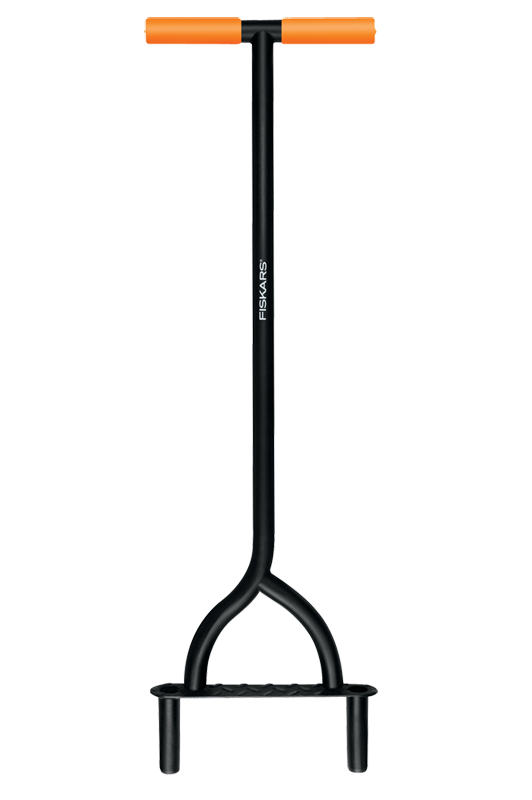



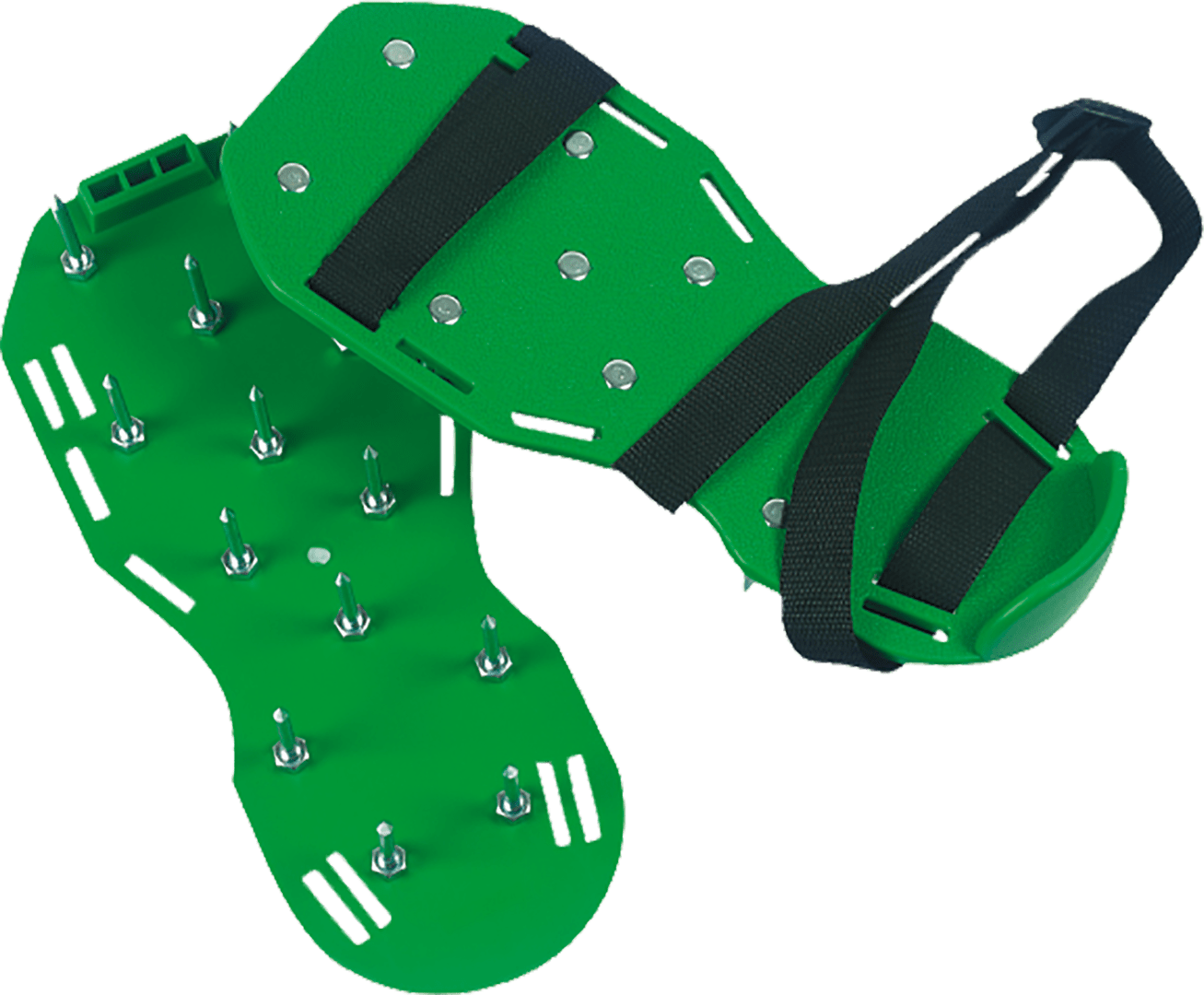


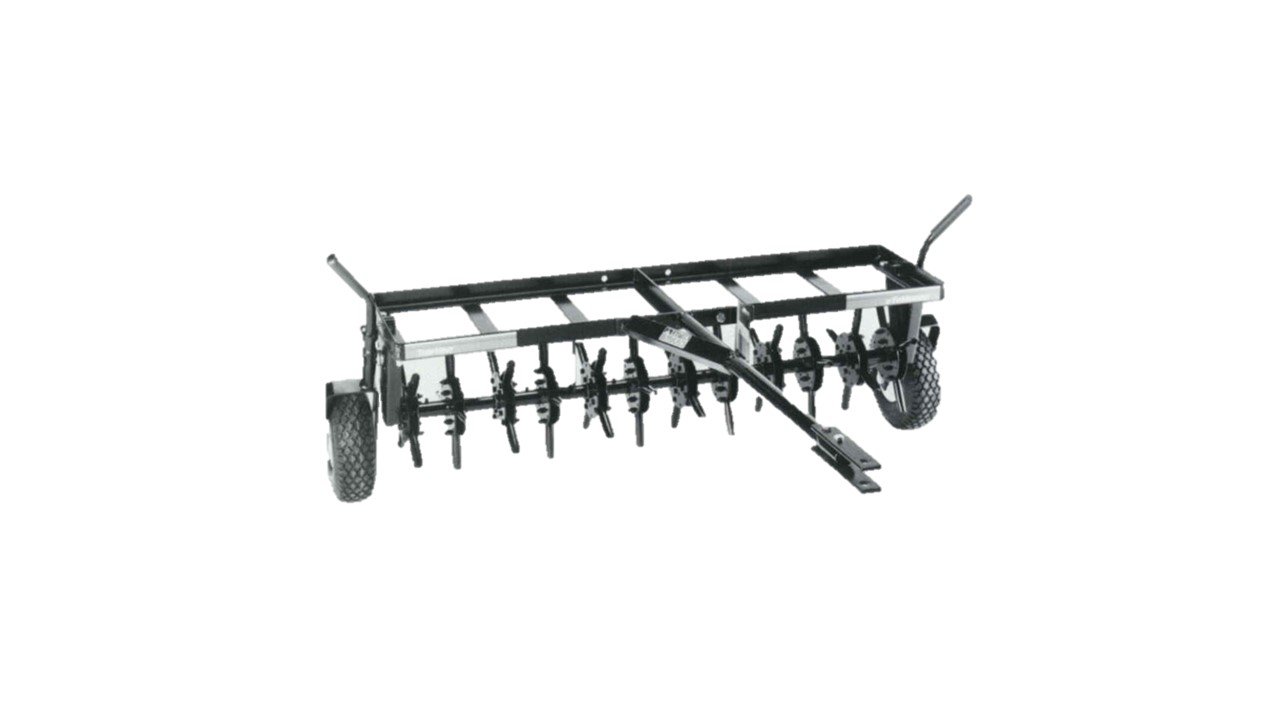



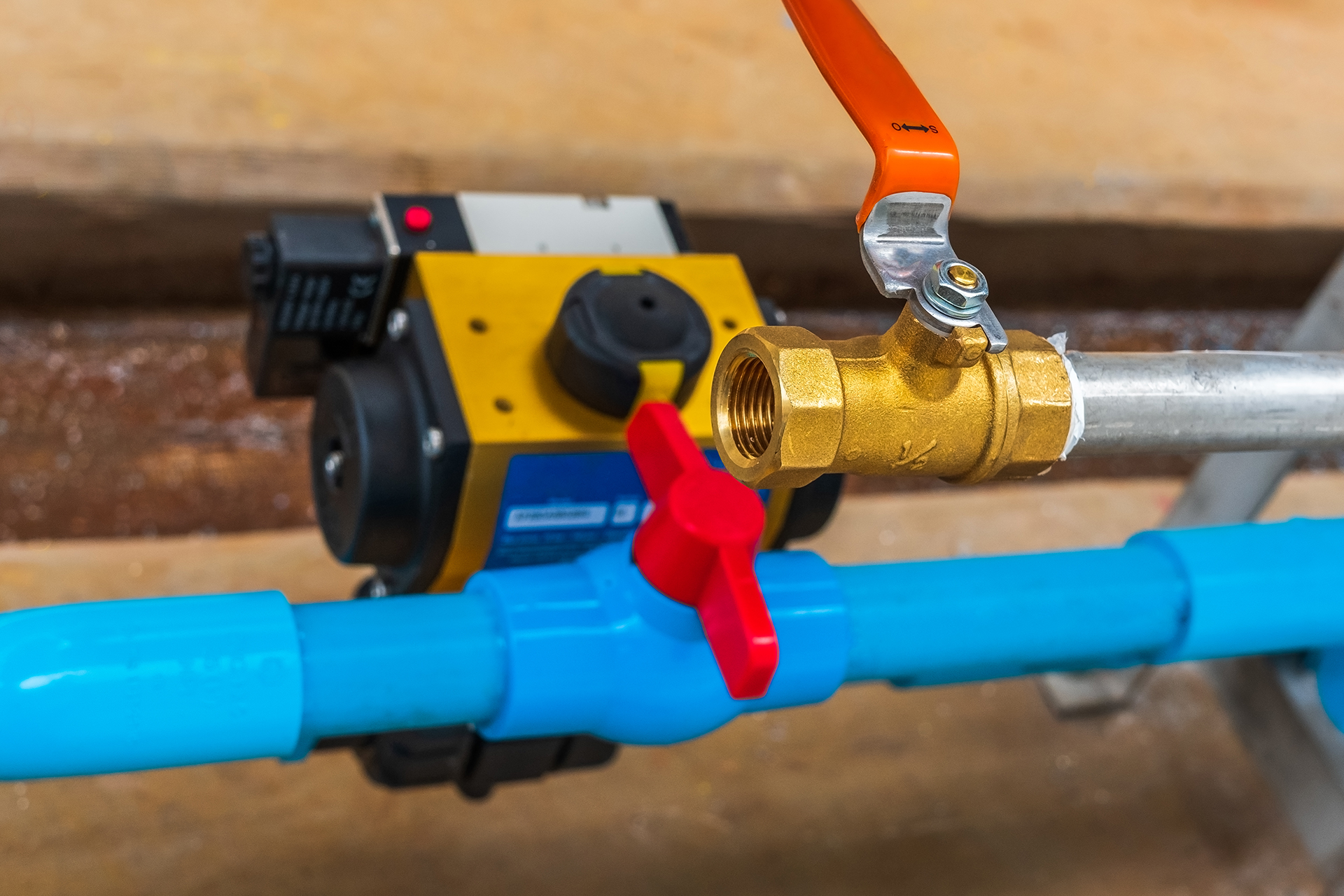
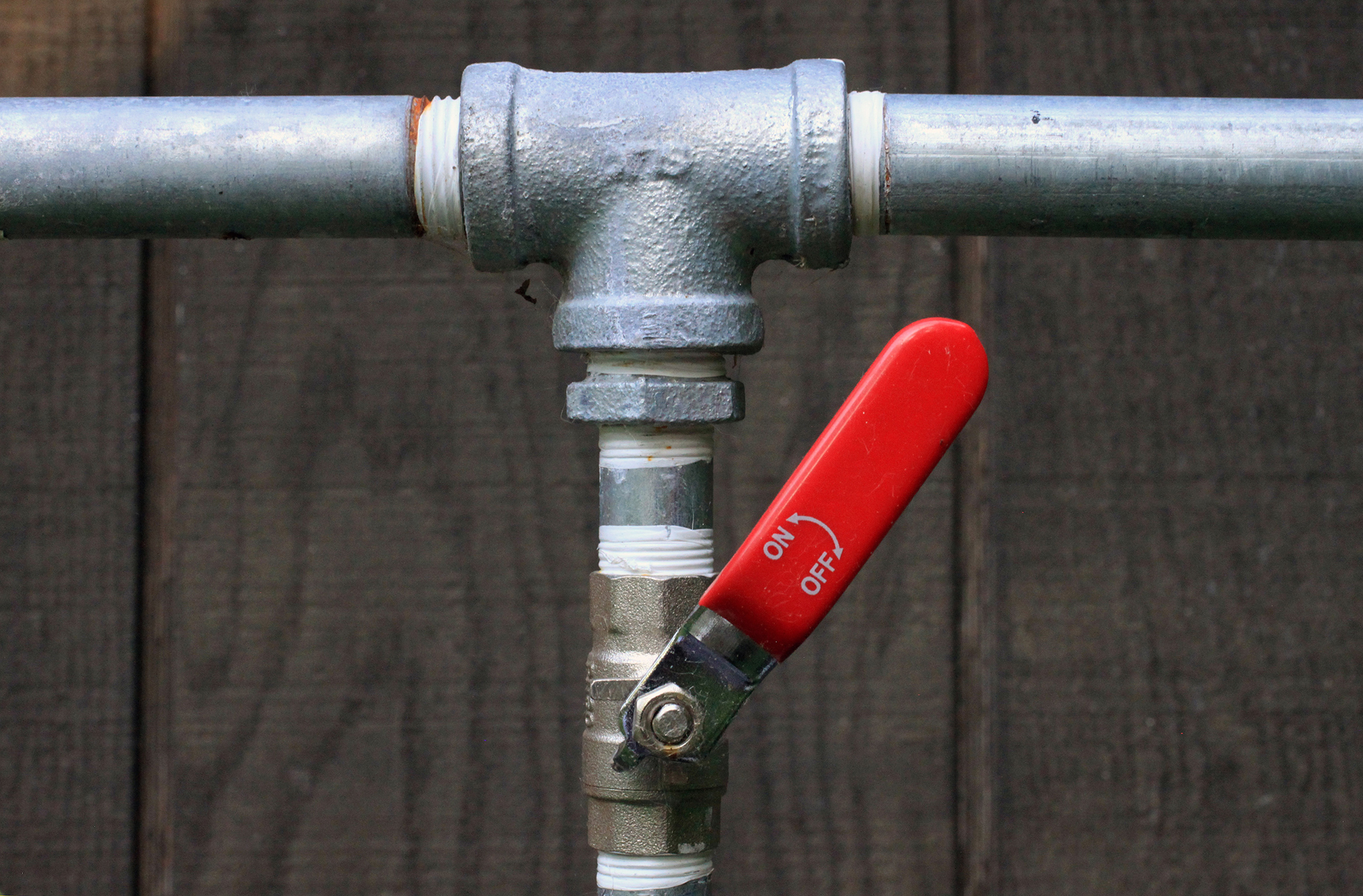
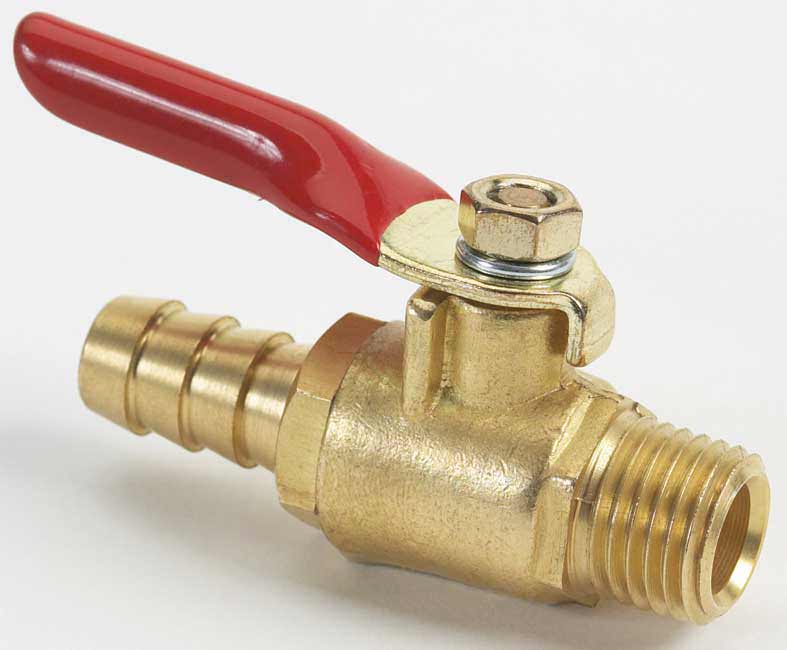




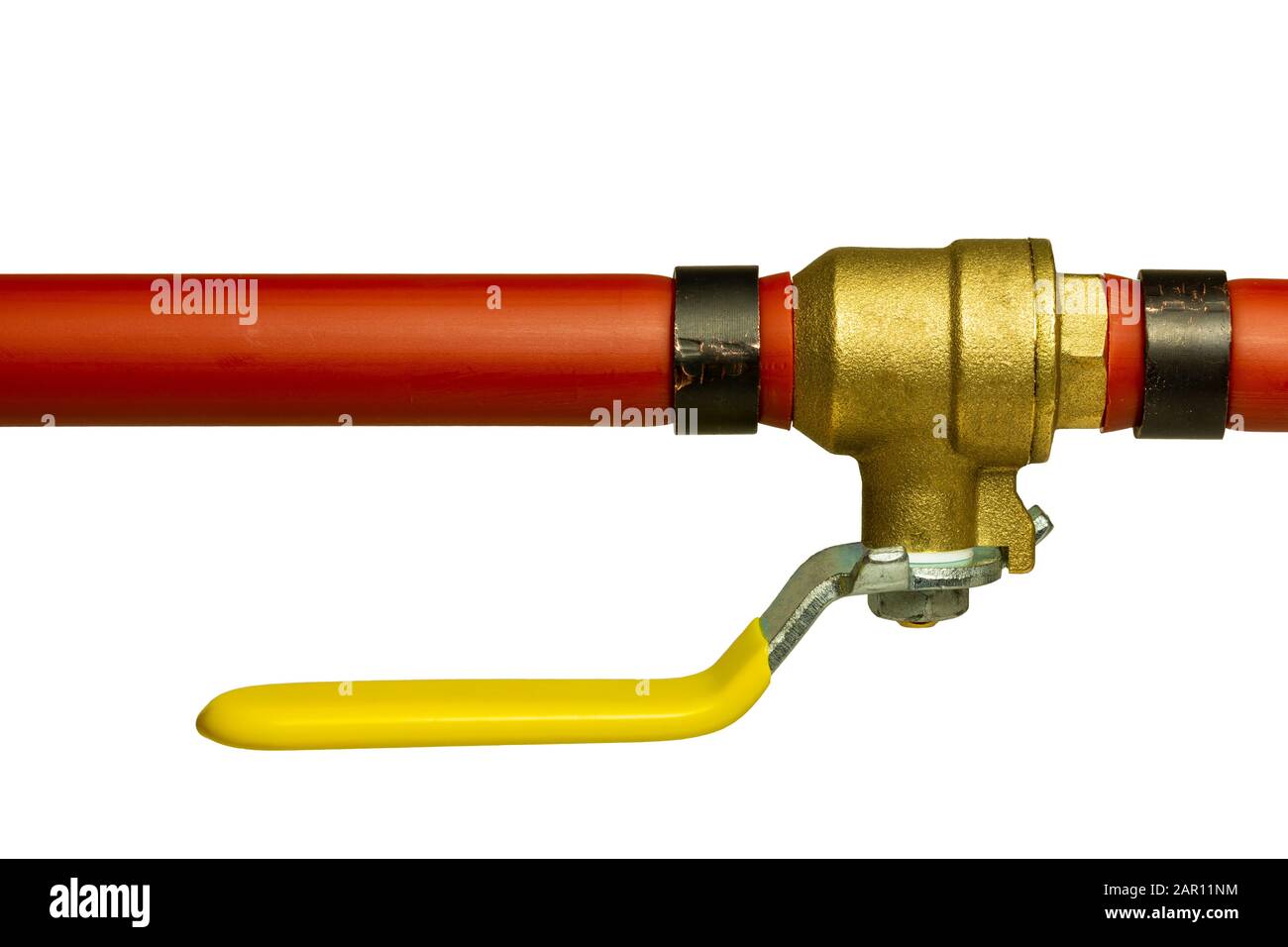



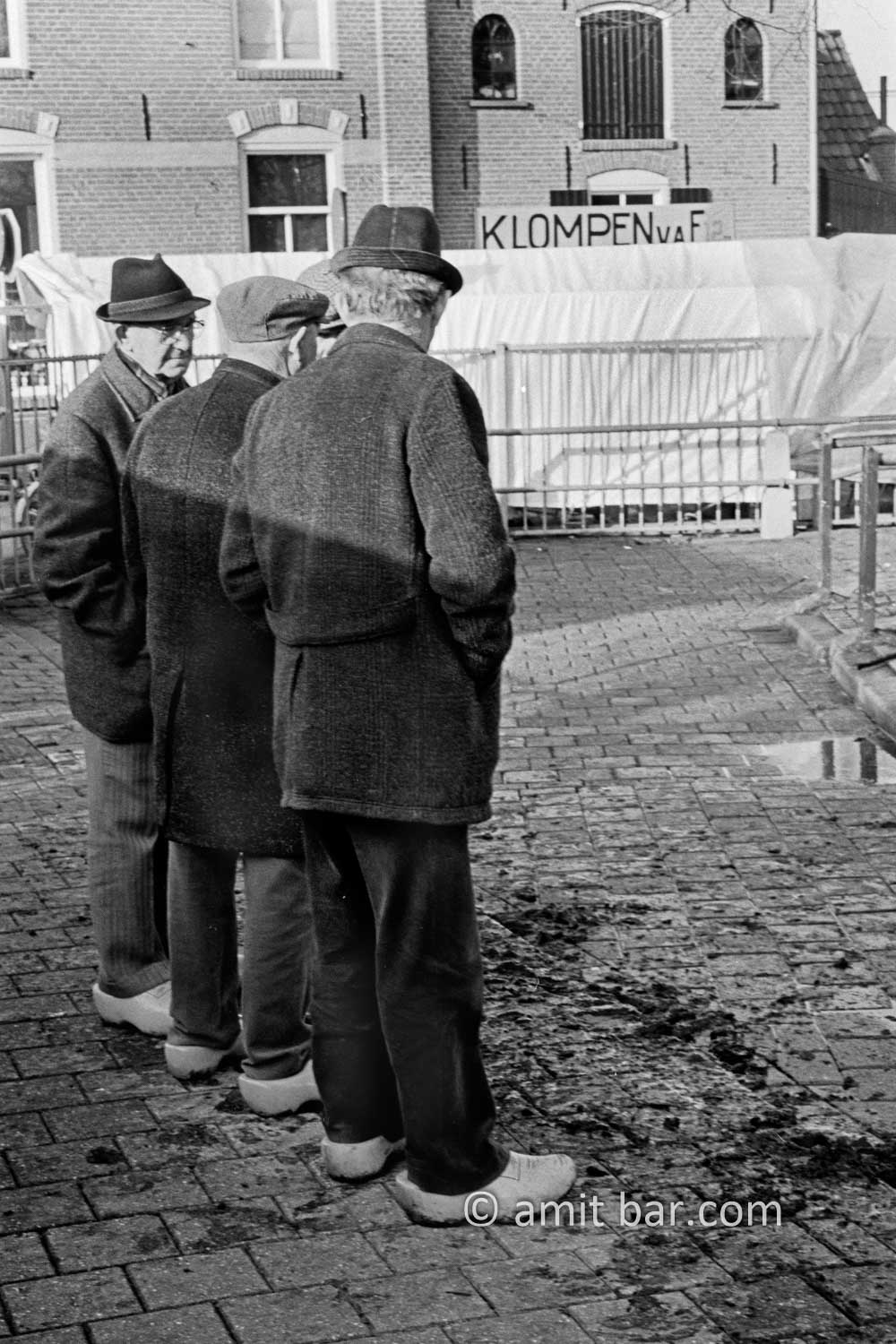





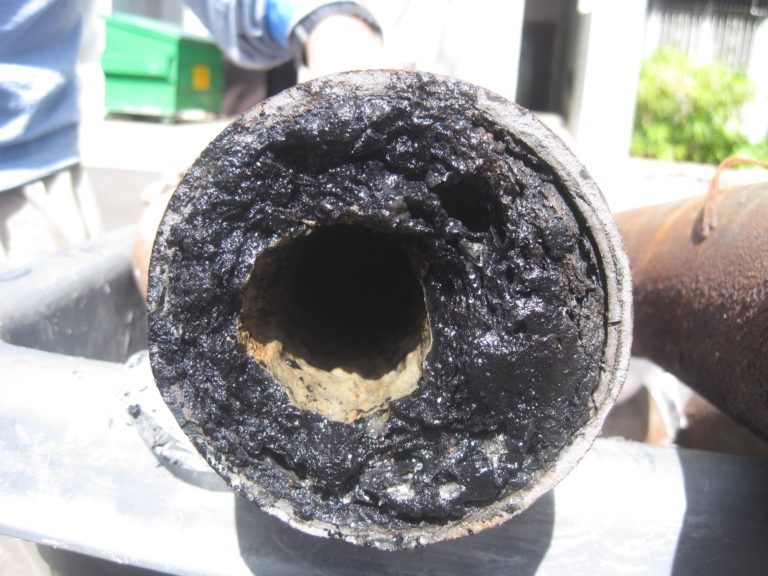




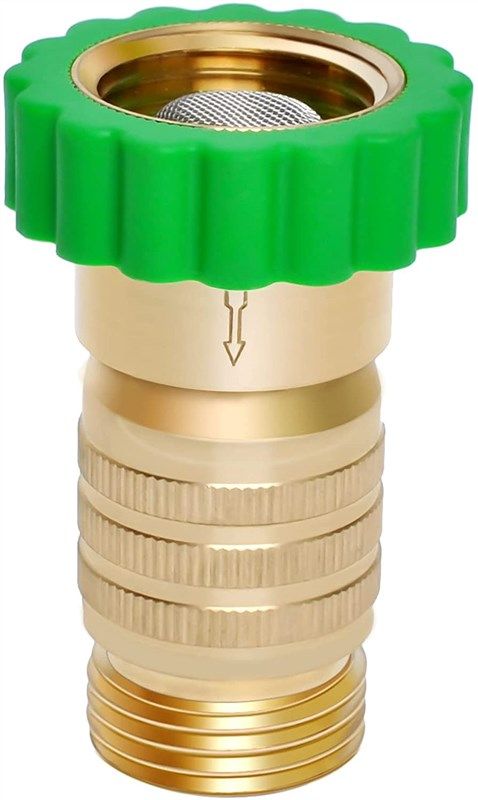


:max_bytes(150000):strip_icc()/the-men-s-hand-opens-the-ball-valve-on-the-collector-1006810456-5c5fc73fc9e77c000159c4af.jpg)
